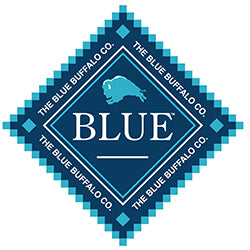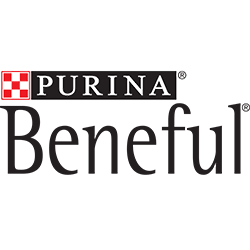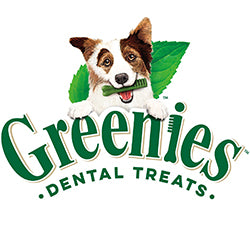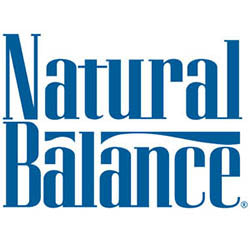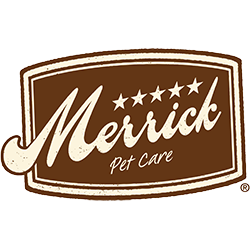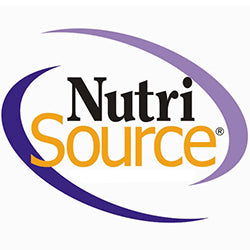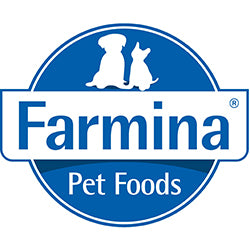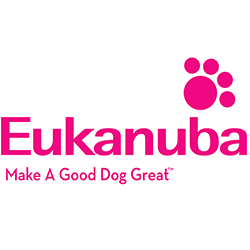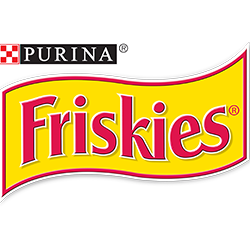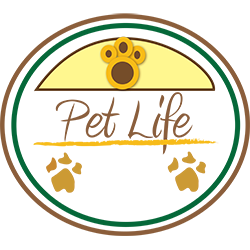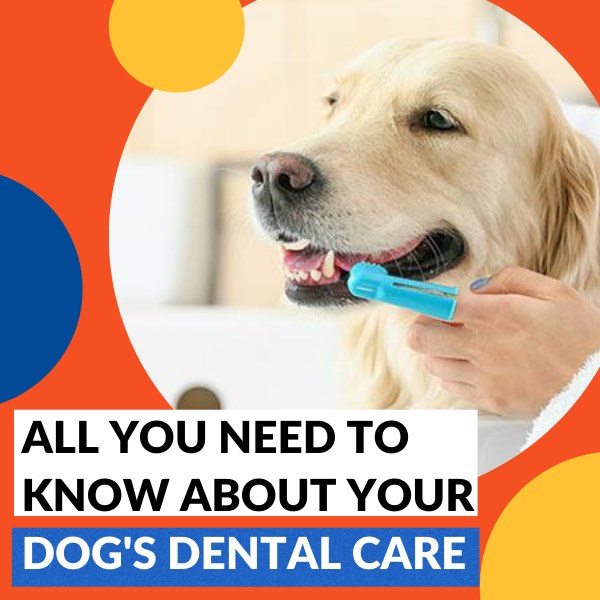
All You Need To Know About Your Dog's Dental Care
There are many aspects to dog care. Aside from overall health, sleeping aids, grooming accessories, dog treats, and vaccinations, good oral hygiene is essential to save your furry animal from dental infections.
There are many aspects to dog care. Aside from overall health, sleeping aids, grooming accessories, dog treats, and vaccinations, good oral hygiene is essential to save your furry animal from dental infections.

Dogs can suffer from bad breath, yellow teeth and develop plaque build-up, tartar, and gingivitis. Smelly breath is the first sign of dental disease in dogs. Unfortunately, it goes unnoticed as most pet owners take pet bad breath casually. Leftover food particles in your hound’s teeth may seem invisible to you and make dental care taxing later on.
Although dental extraction may seem an obvious remedy for canine dental health, the cost of tooth removal by professional veterinarians can be steep and out of pocket. Taking preventive dental measures can save your wallet and pup the tangible trouble and pain. A healthy diet can also reduce the risk of dental diseases in pets. This article gives you a rundown on canine dental care–from dental diseases overview, essential tips in dental care to proactive remedies. Read on.
Detecting First Signs Of Oral Disease In Dogs
Dogs have 42 teeth. Like humans, dogs’ teeth need regular care to prevent dental problems. You need to pay adequate attention to help make your dog’s teeth clean and plaque-free and gums salmon pink. No chipping should happen either.
While inspecting your dog’s mouth, be clear on what you are looking for. Your dog’s gums, breath, teeth color changes, or unwanted growth can be a few areas of concern. Here are some common signs of oral disease in dogs you need to know.
Bad breath (Halitosis)

This is the first sign indicative of oral disease in pets. There can be many reasons for the bad breath in your canine friend. Eating a typical diet or indulging in dog treats with no after-meal dental care can cause bacteria build-up in teeth. If the nasty smell stays in your dog’s mouth even after teeth brushing, there is a more serious dental issue you need to figure out.
Discolored teeth
Irregular eating habits, dog treats, and indulgent appetite can disrupt the dogs’ regular and planned eating. Food particles staying in the mouth can start plaque and dental decay in dogs, discoloring your dog’s teeth to yellow or brown. This isn’t a healthy sign and points to an oral issue.
Swollen or bleeding gums
Look beyond the color of your dog’s gums, as dog treats may not always be favorable to your furry animal’s teeth, enamel, and gums. Inflamed or bleeding gums in dogs are a warning sign that may cause a loss in appetite and make it irritated and moody.
Lumps
Unusual growth inside your dog’s mouth isn’t something to overlook. Lumps or bumps in your dog’s dental structure may be a hint of life-threatening disease.
Gingivitis
Heavy plaque formation on the teeth can lead to gingivitis and inflamed gums. Apart from humans, dogs can also get gingivitis. Regular cleanings can reverse gingivitis disease. If your dog’s gums start bleeding or changing colors, contact your vet without delay.
Periodontal Disease
Periodontal disease is an infection between the gums and the teeth. It can cause tooth pain, gum swelling, chewing difficulty, teeth loss, and nose discharge. Your vet will advise a treatment plan for your affected dog.
Gum Disease
Proliferating gum disease, primarily found in Boxers and Bull Terriers, happens when the dog’s gums grow over the teeth. It can cause infections. Antibiotics can be an effective treatment for gum disease in dogs.
Tips To Keep Your Dog’s Mouth Clean
Dogs aren’t born with pearly whites. Their teeth need consistent care right from the early years into adulthood. Routine teeth brushing with a dog-specific toothpaste and a toothbrush helps maintain your dog’s dental hygiene. Certain dog toys and treats also help reduce bacteria formation in your pet’s mouth. Let us get an insight into regular dental health tips for your furry friend.
Follow Pet Teeth Brushing Timetable

Start your dog’s dental care by gathering essentials like dog toothbrushes and toothpaste. You can buy these pet cleaning essentials at a local pet supply store or online shopping. Avoid using human toothpaste for your furry animals as it contains certain ingredients like fluorides that are harmful to pets. Brush your dog’s teeth twice or thrice a week and get an annual dental check-up for preventive care.
While brushing your dog’s teeth, pull back your dog’s mouth and touch his teeth and gums with your finger gently to make your dog feel your hand sensation. Squeeze a bit of dog toothpaste on your fingers and let your dog lick it. The next day, start rubbing the toothpaste gently in a circular motion to your dog’s teeth and gums. In the coming days, introduce a toothbrush to your dog’s dental routine.
Be careful when brushing your dog’s teeth, as he shouldn’t mistake it as a dog toy. When your dog gets comfortable with toothbrushes and toothpaste sensation, start applying toothpaste on your dog’s gums and teeth. Do this 2-3 times a week on alternate days to keep your dog’s plaque away.
Reward your dog with dental dog treats when you find your furry animal cooperating with you on dental hygiene. The more you reward your dog, the more compliant your dog will get to oral cleanliness.
After a dental cleaning, get your dog into a mouthwash habit. Most pet stores offer dog mouthwash, which you can add to pet water bowls to help reduce your fur baby’s plaque and kill oral bacteria. Dilute the mouthwash in your pet’s water bowl as necessary.
Pay Regular Visits To Your Vet
Despite your appropriate efforts, you may not get a deep clean of your dog’s mouth, gums, and teeth. Aim to get routine dental cleaning of your pet for plaque and tartar scaling, gum line cleaning, and teeth polishing. Take your pet for a routine dental cleaning every six months. Smaller pets need frequent dental cleaning sessions as they are more prone to plaque build-up and gum disease.
Most vets perform a simple dental examination on your pet. Getting a pet insurance policy will help you get preventive care coverage to cover the cost of routine dental cleanings. Keep checking with your pet insurance company for new riders in the pet insurance cover.
Call a professional vet if you notice bad breath, change in chewing habits, missing, discolored or crooked teeth, painful or bleeding gums, tartar crust along the gum line, or growths within your dog’s mouth. Though your pet’s treatment for serious dental issues can be costly, it can harm your pet’s overall wellbeing if left unattended.
Put Your Dog On Bone, Meat And Toy Chewing

Chewing is a gum-massaging exercise helpful for humans and pets. Synthetic bones and chew toys are available in the pet stores to strengthen your dog’s gums and teeth. Feed your dog with soft chewing items as hard objects can break your furry companion’s teeth.
A good bone to chew on can keep your dog's dental structure strong. Eating wholesome food will also nourish your dog’s body and strengthen its teeth. Put your dog on a vegetable, fruit, and meat diet. Consider putting carrot slices, apples, and pumpkins in your dog bowl and chews approved by the Veterinary Oral Health Council. Stay away from feeding your dog on chicken, cooked turkey, and pork bones, as they can easily splinter. Buy domestically produced beef shank bones as they are big enough to hurt your dog’s teeth.
We talked about bad breath in the beginning. Include apples in your dog’s diet. They are rich in vitamin A, vitamin C, and dietary fiber and can keep your dog’s breath fresh and teeth clean.
Use Teeth Cleaning Toys
Aside from getting your dog’s teeth brushed from a professional vet, get your dog toys and treats customized for tartar and plaque removal. This will keep your puppy's mouth clean without them realizing it.
There are plenty of toys and treats available with points and crevices devised to comb the dog’s jawline. The scraping motion does not harm the pet’s teeth but helps lift off plaque build-up around the incisors. You can do your pets’ teeth cleaning at home after getting the instructions from the veterinary doctor. If your dog has swollen gums, avoid attempting plaque cleaning at home to prevent more harm.
Explore Dental Wipes
Cleaning a dog’s pearly whites is no small task. You need plenty of training, patience, and practice to see your dog’s teeth in optimum health. If you are a busy parent or your dog doesn’t allow you to spend long hours cleaning its teeth, you may like to explore an easier way to tidy up your canine’s teeth.
Dental wipes are a suitable alternative to toothbrushes and toothpaste combinations. They work the same way as other cleaning wipes for dogs. Gently rub the wipes against your pet’s teeth for plaque and food particle removal. The wipes also freshen your dog’s breath and are convenient for ordinary gums and teeth cleaning. Use dental wipes in your pets twice daily to delay the development of dental diseases.
Treat Your Dog To Healthy Teeth Diet

Feeding your dog with a healthy diet goes beyond serving wet or dry food. Dog food should have vital nutrients for your furry companion to stay healthy and its teeth functioning well. If your dog has a specific oral problem, customize your dental dog treats in consultation with a vet doctor to make them edible.
Moist dry foods have higher moisture content than dry kibble and contain softer pieces than standard dog fare. Combine semi-moist dog food with your regular kibble picks. Each dietary ingredient caters to a different aspect of canine health, like muscle maintenance, immunity, and skin wellbeing. Try to balance delicious morsels with easy-to-chew bites so that your dog gets complete body nutrition without harming its teeth. Serve homemade diets to your dog made with the help of a vet to provide your furry partner oral-friendly nutrition.
The Bottom Line
Consider feeding your dog dry food to improve your dog’s oral health. Soft food can stick to your pet’s gums and cause oral decay. Try crunchy kibble for the benefit of your dog’s gums.
Dental care can be a hassle for dogs. However, proper maintenance can save money in the long run and prove beneficial for your furry friends. Get the plaque build-up in your pets removed on time to avoid anesthesia. Take proactive measures to keep your dog’s dental health on track, and you both will smile and bond well.
People Often Ask:
Brush your dog’s teeth daily or every alternate day. Plaque gets easily brushed away and takes about 2-3 days to harden and calcify. Once it gets calcified, it needs a veterinarian service to scrape off the calcification, making the teeth cement hard and creating a dark yellow film over your canine teeth. Baking soda and salt mixture is an effective home remedy for removing dental calculus.
A dog finger toothbrush is a small brush that slips over your fingertip so you can use your finger rather than a handle brush to clean your furry animal’s teeth. Your vet will be the right person to advise when to use a finger toothbrush for your dog.
Dental rinses complement traditional toothbrushing. They contain enzymes and other ingredients to fight plaque and bacteria build-up in your dog’s teeth. Avoid giving your dog a human dental rinse as human mouthwashes differ from canine dental rinses.
Dental toys are chewable and work to improve your dog’s dental hygiene. They physically remove plaque formations on dog teeth and at the back of the dog’s mouth where they chew. But they are not a substitute for a dog toothbrush.
- Choosing a selection results in a full page refresh.

